 The Los Angeles Basin and the Mojave Desert might be seismically linked, and that could explain why the urban region has experienced a 1,000-year lull in quakes while the desert has been quite active. This claim from a new study might come as a surprise to L.A. residents, who have been shaken by the 1994 Northridge quake, the Whittier quake in 1987 and numerous other temblors big and small.But even the Northridge quake, the costliest natural disaster in U.S. history at the time, was “a drop in the bucket” compared with the massive jolts expected during high seismic activity, said researcher James Dolan of the University of Southern California.
The Los Angeles Basin and the Mojave Desert might be seismically linked, and that could explain why the urban region has experienced a 1,000-year lull in quakes while the desert has been quite active. This claim from a new study might come as a surprise to L.A. residents, who have been shaken by the 1994 Northridge quake, the Whittier quake in 1987 and numerous other temblors big and small.But even the Northridge quake, the costliest natural disaster in U.S. history at the time, was “a drop in the bucket” compared with the massive jolts expected during high seismic activity, said researcher James Dolan of the University of Southern California.Seismic bursts
Dolan and his colleagues studied the geological record going back 12,000 years, focusing on the urban fault network under the Los Angeles metropolitan area and the eastern California shear zone in the Mojave Desert. The network does not include the San Andreas Fault, which has triggered 10 "big ones" during the current lull.The scientists found several clusters of seismic “bursts” separated by periods of relative calm lasting about 1,500 to 2,000 years.
They also noted a strong geographic pattern. “When we’re having earthquakes in L.A., generally we don’t have as many earthquakes in the Mojave,” and vice versa, Dolan said.During the current L.A. lull, the Mojave region has experienced major earthquakes, each packing 20 times the energy of the Northridge quake.
Share the load
The scientists speculate the seismic link involves some "sharing the load.""Nature is very much like a 14-year-old boy; it's sloppy and lazy," Dolan told LiveScience. "In this case, the key thing is it's lazy. It's trying to do as little work as possible in order to get the load imposed upon it done."As the Pacific and North American tectonic plates move past each other, the two fault systems alternate between taking on more or less of the load.The research is published in the September issue of the journal Geology.
As in the days of Noah...
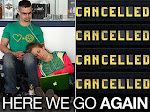
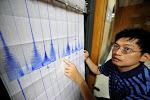
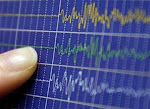
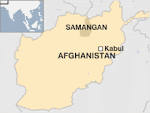






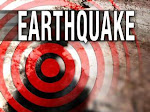
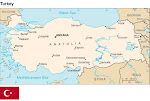
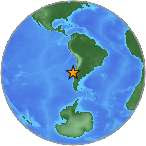




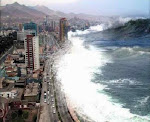

.jpg)


.bmp)
No comments:
Post a Comment